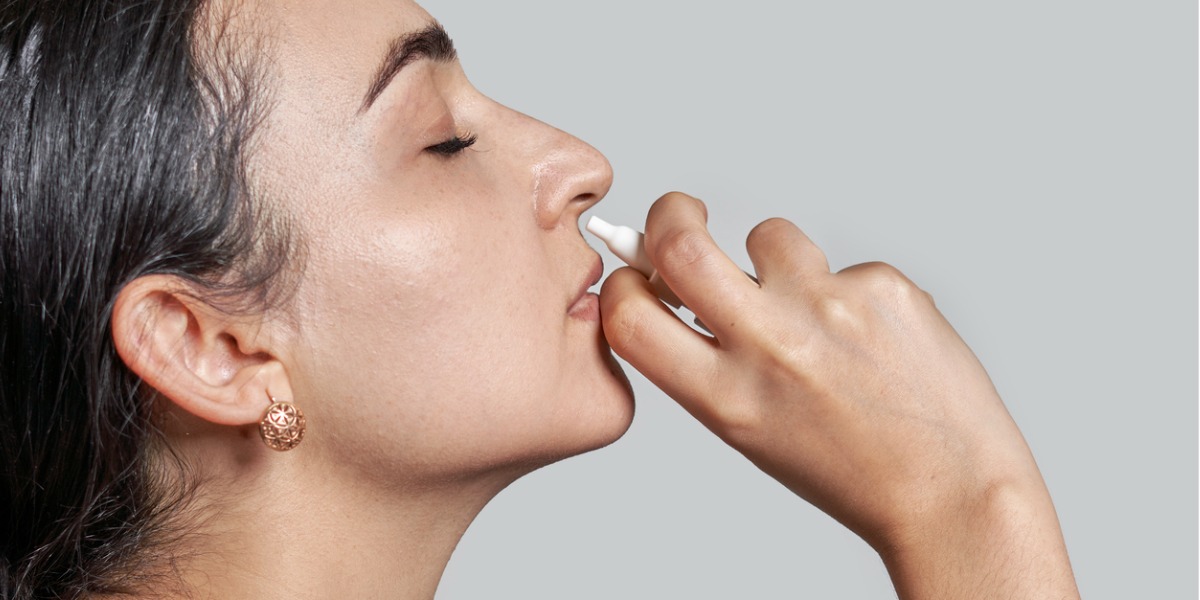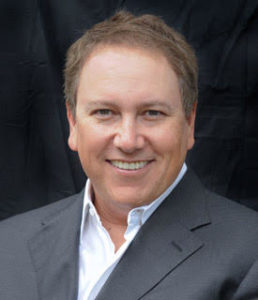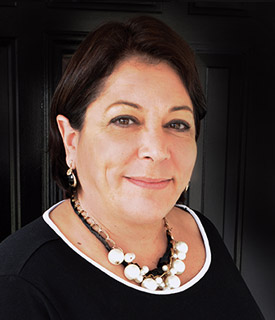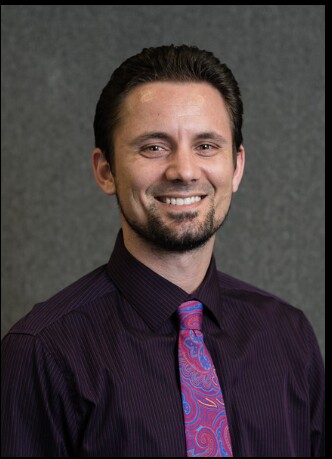In the past twenty years, treatment for mental health diagnoses such as depression, post-traumatic stress disorder, and other mood and stress-related mental health diagnoses has evolved in dramatic ways. Around the U.S. and the world, an integrated, multidisciplinary approach to treatment shows the best results for people with a primary mental health diagnosis.
The common components of mental health treatment in the 21st century include a combination of psychotherapy, medication when indicated, lifestyle changes, community/social support, and complementary therapies. Complementary therapies often include activities like mindfulness, meditation, exercise, and expressive therapies.
In addition, several innovative therapeutic techniques and medications are now in use – with great success – in many treatment programs around the country. Treatment techniques that involve non-invasive brain stimulation include transcranial magnetic stimulation (TMS), which research shows is effective in relieving the symptoms of treatment-resistant depression, obsessive-compulsive disorder (OCD), smoking cessation, and anxious depression, and suicidal ideation in patients with depression or anxiety.
New medications – that are different from standard antidepressants used for decades – include a class of medication called psychedelics, such as IV ketamine and SPRAVATO, which both help relieve symptoms of treatment-resistant depression (TRD), major depressive disorder (MDD) with suicidal thoughts or behaviors, bipolar depression (BD-I & BD-II), anxiety disorders (AD), post-traumatic stress disorder (PTSD)/trauma-related disorders, and other mental health disorders.
A Brief History of Psychedelic Psychotherapy
The article “The Emerging Field of Psychedelic Psychotherapy” reviews the origin and development of psychedelic psychotherapy and focuses on recent research two medications – different from those that we use, IV ketamine and SPRAVATO® – that are common in the contemporary field of psychedelic psychotherapy.
It’s important to note that spiritual, religious, and cultural practices dating back for millennia include the use of psychedelics. The application in the modern era for therapy in the mental health context began in the mid-20th century. Here’s a quick timeline of this initial interest in psychedelic psychotherapy:
1950s – 1970s:
- Tens of thousands of patients received LSD and psilocybin for:
- Alcohol use/misuse
- Depression
- Anxiety
- End-of-life distress
- Research on psychedelics for mental health treatment reached a peak in the 1960s
- The Federal Controlled Substances Act of 1970 made LSD and psilocybin schedule 1 controlled substances, which halted research into psychedelic psychotherapy
1970s – 1980s:
- Interest in MDMA as an adjunct to psychotherapy arose, with some clinical success, but that phase ended when MDMA, like LSD and psilocybin, when authorities designated MDMA as a schedule 1 controlled substance
2004 – Present:
- Between 2004 and 2017, several clinical trials on MDMA for treatment of post-traumatic stress disorder (PTSD) showed significant symptom reduction
- Between 2016 and the present, at least six large clinical trials on psilocybin treatment for depression and end-of-life anxiety showed significant symptom reduction
- This is also the period when clinical trials that led to the approval of SPRAVATO® SPRAVATO® received FDA approval in 2019
- Therapists began using ketamine off-label, in various formulations, for treatment-resistant depression and other mental health disorders
Now let’s take a look at the current state of psychedelic psychotherapy – and the mental health disorders the approach can help treat.
Psychedelic Psychotherapy: Why It’s Becoming More Common
For the most part, psychedelic psychotherapy is reserved for people with treatment-resistant mental health disorders. Treatment-resistant can mean different things for different disorders. For disorders such as depression, anxiety, and post-traumatic stress disorder, treatment-resistant means that an individual has attempted 1-2 treatment protocols using a combination of psychiatric medication and psychotherapy but has not experience significant or satisfactory symptom relief.
That’s one reason psychedelic therapy is gaining traction and acceptance alongside traditional treatments for mental health disorders. Over the past fifteen years, rates of anxiety, mood disorders, and PTSD have increased in the general population.
Here are the latest statistics on serious mental health conditions in the U.S., as reported in the 2022 National Survey on Drug Use and Health (2022 NSDUH).
Adults With Serious Mental Illness (SMI)
- Adults 18+ total: 15.3 million
- 18-25: 4.0 million
- 26-49: 8 million
- 50+: 3.5 million
And here’s the latest data on people who reported a major depressive episode (MDE) with severe impairment.
MDE With Severe Impairment
- Adults 18+ total: 15.8 million
- 18-25: 5.1 million
- 26-49: 7.1 million
- 50+: 3.7 million
Data shows that roughly half of people with a serious mental health disorder, or depression with severe impairment, do not respond to traditional, first-line treatments for depression or other mental health disorders.
That’s why psychedelic psychotherapy is becoming more common. We’ll describe a basic protocol for psychedelic psychotherapy now.
Psychedelic Psychotherapy: An Overview of How it Works
Here’s a basic description of the treatment process, which generally occurs in three stages: preparation, dosing, and integration.
Psychedelic Psychotherapy Stage One: Preparation
This stage resembles the way most psychiatric treatment begins:
- The patient meets with the provider for an initial evaluation. If the patient is appropriate for psychedelic psychotherapy, the provider reviews treatment history and current medications
Next, the preparation stage becomes specific to psychedelics:
- Patient and psychotherapist may engage in as many as three brief sessions to taper, stabilize, or discontinue current medication, if indicated for safety and potential adverse interactions
- Patient and therapist engage in as many as three preparation therapy sessions – longer than the brief sessions mentioned above – to give the patient an idea of what to expect during psychedelic treatment sessions. These preparation sessions focus on:
- Previewing potential experiences the patient may have during a psychedelic session
- Creating and managing expectations
- Setting intentions
- Developing strategies to manage any psychological or emotional challenges that may arise
- The last preparation session occurs the day before the first dosing session
Psychedelic Psychotherapy Stage Two: Preparation/Dosing/Integration
This stage overlaps all three stages: the last preparation session, the dosing session, and the first integration session.
- The last preparation session ensures the patient is prepared for psychedelic treatment
- Treatment sessions with licensed therapists may last from one hour to six hours for psilocybin, and one hour to eight hours for MDMA
- Patients arrange transportation home from sessions. Laws in most states prevent patients from driving themselves home after sessions.
- In most psychedelic psychotherapeutic sessions with psilocybin or MDMA, two licensed clinicians are present during dosing sessions: a lead therapist and a co-therapist
- The dosing experience varies by patient, therapist, medication, and dosage
- Therapists are trained to maintain the psychological, physical, and emotional safety of patients during the dosing sessions
Psychedelic Psychotherapy Stage Three: Integration
- In most treatment protocols with MDMA or psilocybin, the first integration session occurs the day after the dosing session
- There are typically three integration sessions, once a week, over the three weeks following a dosing session
- The co-therapist attends the first integration session, but not the subsequent sessions
- During this stage, the goals are:
- Debriefing the dosing session
- Discussing the intentions set before dosing, and the experiences related to them during the dosing session
- Defining the insights and experiences from the dosing sessions
- Consolidating the insights and experiences from the dosing sessions
- Applying the insights and experiences to daily life and symptom management
- The therapist employs a non-directive, patient-centered, patient-driven approach to integration sessions, and encourages patients to apply present-focused techniques to transfer the knowledge and experience gained during dosing sessions to day-to-day life
That’s a good general overview of how psychedelic treatment works. There are variations to this protocol. For instance, in a psilocybin protocol published by Yale University in 2022, participants follow a pattern like this:
- Preparatory session
- Dosing session
- Two debrief/integration session
They follow that pattern twice, for a total of two preparatory sessions, two dosing sessions, and four debrief/integration sessions. This pattern is consistent across various protocols in use in different treatment plans and at different treatment centers. All protocols prioritize patient comfort and safety, and all involve preparation, a dosing session facilitated by licensed, experienced, professional clinicians, and therapeutic integration sessions that help the patient take the lessons learned during psychedelic therapy and apply them to their lives.
Symptom Relief: Fast and Durable With Psychedelic Psychotherapy
In the third section of this article, above, we share data on the number of people in the U.S. with a serious mental health diagnosis and the number of people who report experiencing a major depressive episode with severe impairment.
We also indicate that for about half of people diagnosed with depressive disorders, anxiety disorders, and other mental health disorders, the first-line treatments do not offer satisfactory or significant symptom relief. And for people with depressive conditions, medication may take weeks or months to reduce symptoms, if it reduces symptoms at all.
Those are the primary reasons for the resurgence in interest in psychedelic psychotherapy. It began in the 1960s, halted in the 1970s-1990s, and emerged again in the early 2000s, when attitudes changed, and the demand for new, innovative, evidence-based treatment approaches increased.
Advantages of Psychedelic Therapy
- Relief of symptoms for treatment-resistant diagnoses
- Faster onset of relief, compared to traditional psychiatric medications
- Longer duration of symptom relief, compared to traditional psychiatric medications
The other medications we discuss – MDMA and psilocybin – are currently in the third stage of clinical trials, wherein clinicians compare their effectiveness against current treatments. If they pass the trials, they may add to the psychedelic psychotherapy treatment options available – and we’ll report any news here as soon as its published.

 Kimberly Gilkey, RADT-1
Kimberly Gilkey, RADT-1 Timothy Wieland
Timothy Wieland David Abram
David Abram Mark Melden, DO/DABPN
Mark Melden, DO/DABPN Jeffrey Klein
Jeffrey Klein Nathan Kuemmerle, MD
Nathan Kuemmerle, MD Laura Hopper, Ph.D.
Laura Hopper, Ph.D. Rebecca McKnight, PsyD
Rebecca McKnight, PsyD Milena Dun, PhD
Milena Dun, PhD Brieana Turner, MA, LMFT
Brieana Turner, MA, LMFT Brittany Perkins, MA, LMFT
Brittany Perkins, MA, LMFT Joanne Talbot-Miller, M.A., LMFT
Joanne Talbot-Miller, M.A., LMFT Alexis Weintraub, PsyD
Alexis Weintraub, PsyD Kathleen McCarrick, MSW, LSW
Kathleen McCarrick, MSW, LSW Christina Lam, N.P.
Christina Lam, N.P. John P. Flores, SUDCC-IV-CS, CADC II
John P. Flores, SUDCC-IV-CS, CADC II David Dalton, Facility Operations Director
David Dalton, Facility Operations Director Amy Thompson
Amy Thompson Kelly Schwarzer
Kelly Schwarzer Jovanna Wiggins
Jovanna Wiggins Alexandria Avalos, MSW, ACSW
Alexandria Avalos, MSW, ACSW Michelle Ertel
Michelle Ertel Emily Skillings
Emily Skillings Amanda Irrgang, Registered Dietitian Nutritionist (RDN)
Amanda Irrgang, Registered Dietitian Nutritionist (RDN) Gianna Melendez
Gianna Melendez Jodie Dahl, CpHT
Jodie Dahl, CpHT Jordan Granata, PsyD
Jordan Granata, PsyD